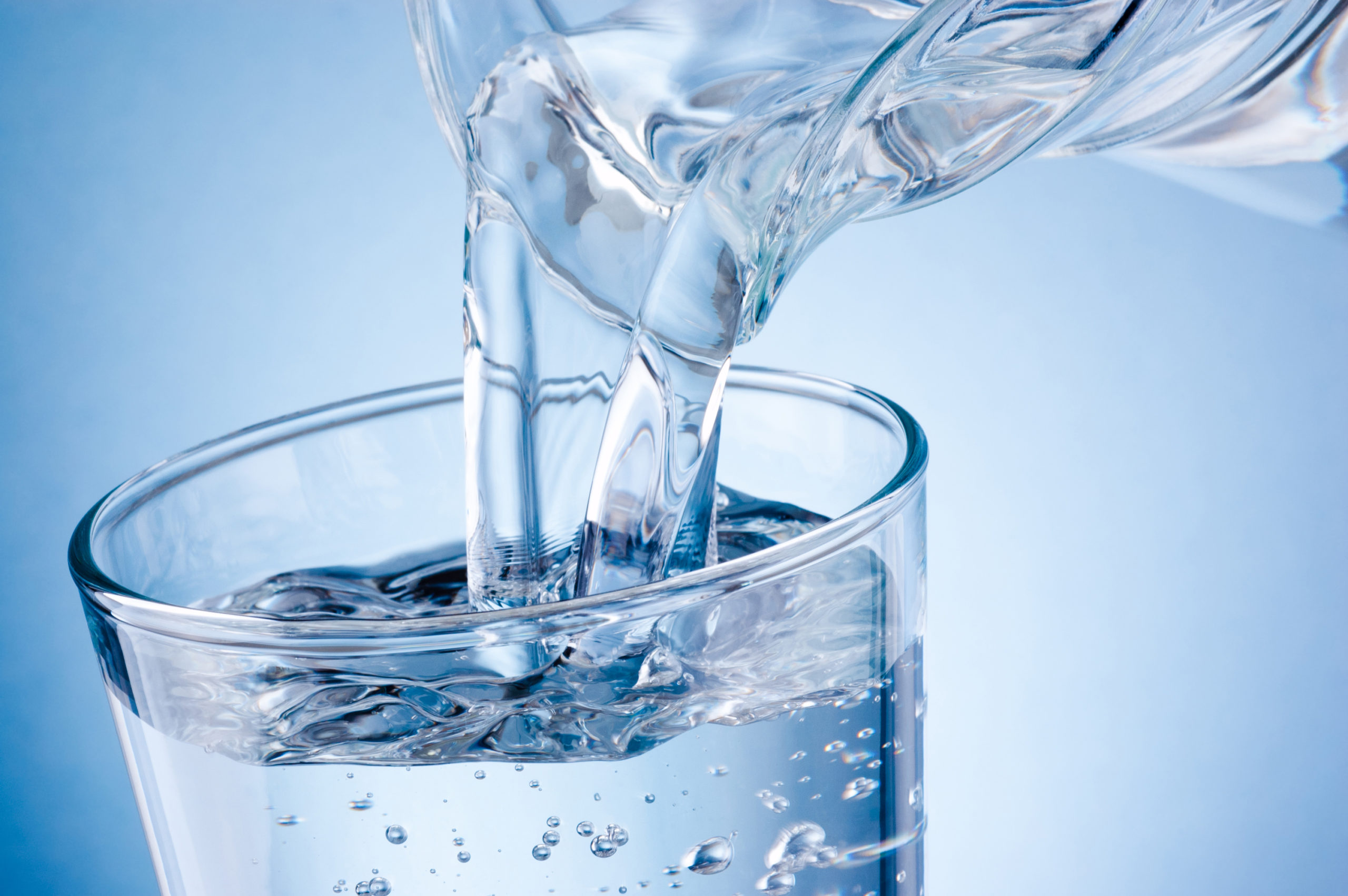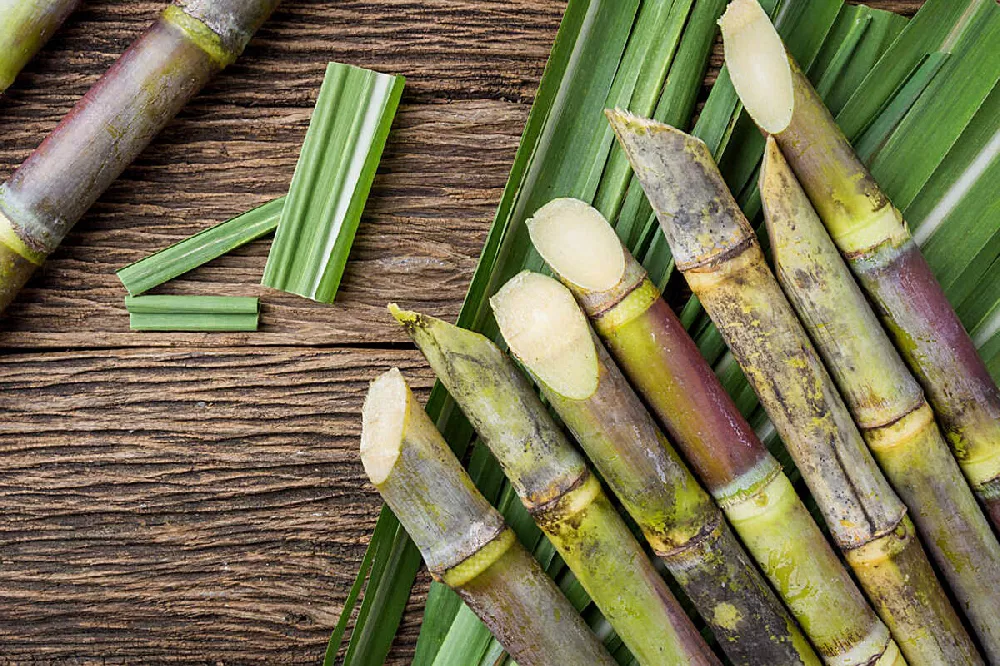What sugar cane products Reveal About Agro-Industrial Trends
Wiki Article
Unveiling the Manufacturing Tricks Behind Sugar Cane and Its Diverse Variety Of Products
The manufacturing trip of sugar cane is complex and multi-faceted. It begins in the areas, where mindful harvesting techniques set the stage for suitable sugar extraction. The process entails several stages, consisting of juice extraction and refining - sugar cane products. Sugar cane's possible expands far past simple sweet taste. Innovations in processing and lasting techniques are reshaping its role in contemporary markets. What lies ahead for this versatile crop? The answers might shock those thinking about its futureThe Journey of Sugar Cane: From Field to Manufacturing facility

As sugar cane guides delicately in the exotic breeze, it begins a transformative journey from field to factory. The vibrant green stalks, abundant in sucrose, are grown under suitable conditions, taking advantage of sufficient sunshine and rains. Farmers carefully check the development, making sure the plants reach their peak maturity, which is crucial for maximizing sugar content.Once developed, the cane is planned for harvesting, where its coarse structure holds the pledge of sweet products. The journey continues as the stalks are transferred to refining facilities, where they go through a collection of meticulous steps. At the factory, the cane is cleaned, shredded, and pushed to remove the juice. This juice is after that cleared up and evaporated, leading the way for formation. Each stage of this trip is crucial, as it eventually establishes the high quality of the sugar and other products stemmed from this versatile crop.
Gathering Techniques: The Very First Step in Production
Gathering sugar cane requires precision and skill, as the timing and method straight affect the high quality of the final item. The process typically starts with determining the perfect harvest time, which is essential; sugar material comes to a head right before the plant reaches full maturity. Cultivators commonly count on experience and farming indications to decide when to harvest.Two main strategies dominate the gathering landscape: handbook and mechanical methods. Hand-operated harvesting, though labor-intensive, permits cautious choice of stalks and reduces damage. Employees make use of machetes to cut the cane near the base, making certain the stalks remain intact for processing.Mechanical harvesting, on the various other hand, uses specialized tools to cut and gather the cane rapidly. While this method substantially enhances performance, it may cause higher levels of particles and reduced sugar material. Eventually, the picked technique affects not just the quantity but additionally the high quality of sugar cane supplied to processing facilities.The Removal Process: Opening the Sweet taste
The extraction process is important for changing collected sugar cane into wonderful juice. Different techniques of juice removal can significantly affect the top quality and yield of the end product. Recognizing these techniques is vital for optimizing the advantages of sugar cane production.Harvesting Techniques Described
Launching the sweetness of sugar cane starts with specific harvesting techniques that guarantee maximum yield and high quality. The process normally entails reducing the cane at ground degree, making certain minimal damages to the plant and permitting regrowth. Farmers usually use machetes or specialized machines, depending on the scale of the operation. Timing is important; gathering occurs when the sugar web content reaches its optimal, generally throughout completely dry seasons. Furthermore, workers must be educated to identify the most effective stalks, preventing those that are as well old or unhealthy. Efficient transportation to refining centers is likewise crucial, as hold-ups can lead to sugar destruction (sugar cane products). These meticulous techniques eventually lay the foundation for producing top quality sugar and its diverse by-productsJuice Removal Approaches
Juice removal is a critical action in transforming sugar cane right into its pleasant essence. This process typically entails numerous approaches, each developed to effectively draw out the sugary fluid from the fibrous stalks. The most usual strategy is milling, where the sugar cane is crushed between hefty rollers to release the juice. An additional method is diffusion, which uses warm water to dissolve the sugar from the cane fibers, making it a much more efficient choice for large-scale procedures. Additionally, some manufacturers utilize screw presses, which use mechanical pressure to essence juice. After removal, the juice undergoes explanation to get rid of pollutants before more processing. Each approach reflects the sector's concentrate on making best use of yield and ensuring top quality sugar production.Refining Sugar: Transforming Raw Cane Into Granulated Gold
The refining procedure is vital for transforming raw cane sugar into the pure, granulated product customers identify. sugar cane products. This involves a series of extraction and purification steps to remove contaminations, followed by condensation and drying out strategies that enhance the sugar's high quality. Understanding these techniques discloses the intricate change from cane to the gold granules that sweeten plenty of foods and beveragesExtraction and Filtering Refine
A critical phase in the sugar production journey includes the removal and purification of juice from freshly harvested sugar cane. This process begins with crushing the cane to launch its sweet juice, commonly using large rollers or mills. The drawn out juice includes not just sugar yet additionally impurities, including fibers and mud. To guarantee the juice appropriates for additional refining, it goes through a purification procedure. This entails passing the juice with various filters and clarifiers to remove solid particles and undesirable products. Chemicals such as lime may be contributed to assist in the information process. The result is a clear, raw cane juice that serves as the foundation for producing polished sugar, all set for succeeding stages of processing.
Crystallization and Drying Out Methods
After the extraction and filtration procedures yield clear raw cane juice, the following action in sugar production is crystallization. This process includes boiling the juice to vaporize water, enabling sugar particles to develop crystals. As the fluid thickens, it reaches supersaturation, motivating sugar to crystallize. The mixture is then cooled down, promoting more crystal formation. As soon as condensation is full, the sugar crystals are separated from the continuing to be syrup through centrifugation.The last includes drying out, where the crystals are exposed to warm air to remove residual dampness. This step is important, as it assures the product attains the preferred granulation and rack stability. The outcome is pure, granulated sugar, ready for product packaging and circulation.Beyond Sweetness: Diverse Products From Sugar Cane
While sugar cane is largely recognized for its wonderful taste, its flexibility expands far beyond simple sweet taste. This resilient plant works as the source for a myriad of items that accommodate diverse sectors. Ethanol, derived from sugar cane fermentation, plays an essential role in renewable resource, acting as a cleaner option to fossil gas. Additionally, molasses, a by-product of sugar refining, is made use of in animal feed, in addition to in cooking and fermentation processes.Sugar cane's coarse residue, understood as bagasse, is not wasted; it is transformed right into naturally degradable visit this site right here packaging materials and works as a biomass gas resource. Various sugars and syrups acquired from sugar cane locate applications in the food and beverage market, contributing to flavor and preservation. The plant's leaves can be used for thatching, while its juice is consumed as a revitalizing beverage in many societies. Subsequently, sugar cane exemplifies agricultural possibility past its sugary reputation.Advancements in Sugar Cane Handling
As developments in technology continue to improve different industries, sugar cane handling is experiencing a considerable makeover. Modern advancements, including automated harvesting and precision farming, are improving effectiveness and return. Drones and sensing units keep an my blog eye on plant wellness, permitting farmers to enhance watering and nutrient application, ultimately improving productivity.In processing centers, advanced equipment and devices simplify operations. Technologies such as chemical processing and advanced filtration strategies boost the removal of sugar while lessening waste. Additionally, the fostering of real-time information analytics makes it possible for manufacturers to keep track of processes closely, guaranteeing high quality control and decreasing downtime.Biotechnology is additionally playing an essential role; genetic engineerings boost sugar cane's resistance to pests and environmental stress factors. These advancements not just contribute to greater sugar yields but also help with the production of varied byproducts from the cane, expanding its commercial applications. Generally, these advancements are leading the means for a more efficient and sustainable sugar cane processing industry.The Future of Sugar Cane: Sustainability and Bioproducts
The future of sugar cane manufacturing is progressively linked with sustainability and the growth of bioproducts. As international demand for environment-friendly choices increases, the sugar cane industry is pivoting in the direction of practices that reduce ecological impact. Technologies in growing strategies, such as precision agriculture and integrated pest management, purpose to boost return while decreasing source consumption.Furthermore, sugar cane is being discovered as a raw material for biofuels, bioplastics, and various other sustainable products. These bioproducts not only use a renewable option to traditional fossil fuels and plastics however also add to a circular economic climate by making use of waste materials.Research and advancement in biotechnology are paving the way for enhanced sugar cane ranges that call for less water and plant foods, further advertising sustainability. By embracing these improvements, the sugar cane market can secure its future while dealing with essential environmental challenges, showing its prospective as a keystone of sustainable advancement.
Often Asked Concerns
What Are the Environmental Impacts of Sugar Cane Farming?
The environmental effects of sugar cane farming consist of deforestation, soil deterioration, and water contamination. In addition, using pesticides can hurt biodiversity, while monoculture methods reduce ecosystem strength, presenting lasting sustainability challenges for farming techniques.
Exactly How Does Sugar Cane Compare to Other Sugar Nutritionally?
Sugar cane, rich in carbs, provides energy but lacks crucial nutrients contrasted to options like honey or maple syrup, which supply vitamins and try these out minerals. Its high glycemic index additionally elevates worries over blood sugar spikes.What Are the Wellness Conveniences of Consuming Sugar Cane Products?
The health and wellness benefits of consuming sugar cane items include improved digestion, improved power degrees, and prospective antioxidant residential or commercial properties. In addition, they may support hydration and give important nutrients, adding favorably to general wellness.Exactly How Is Sugar Cane Waste Utilized After Handling?
After handling, sugar cane waste is made use of in different ways, consisting of biofuel manufacturing, animal feed, and organic fertilizers. This sustainable approach reduces ecological effect while making best use of resource effectiveness within the sugar sector.What Are the Historic Origins of Sugar Cane Growing?

Report this wiki page